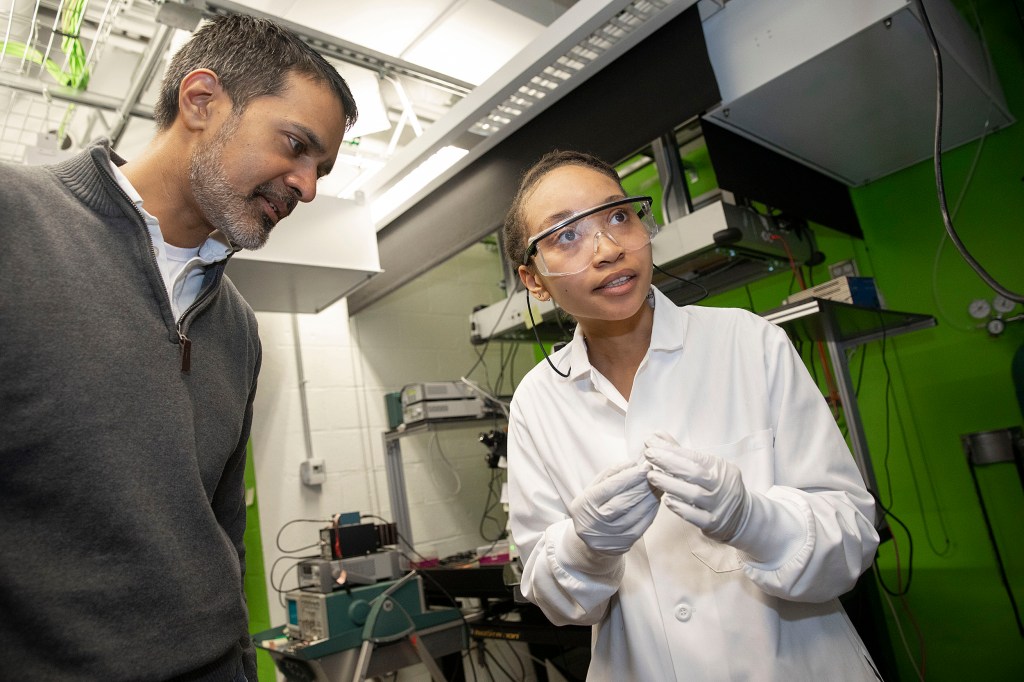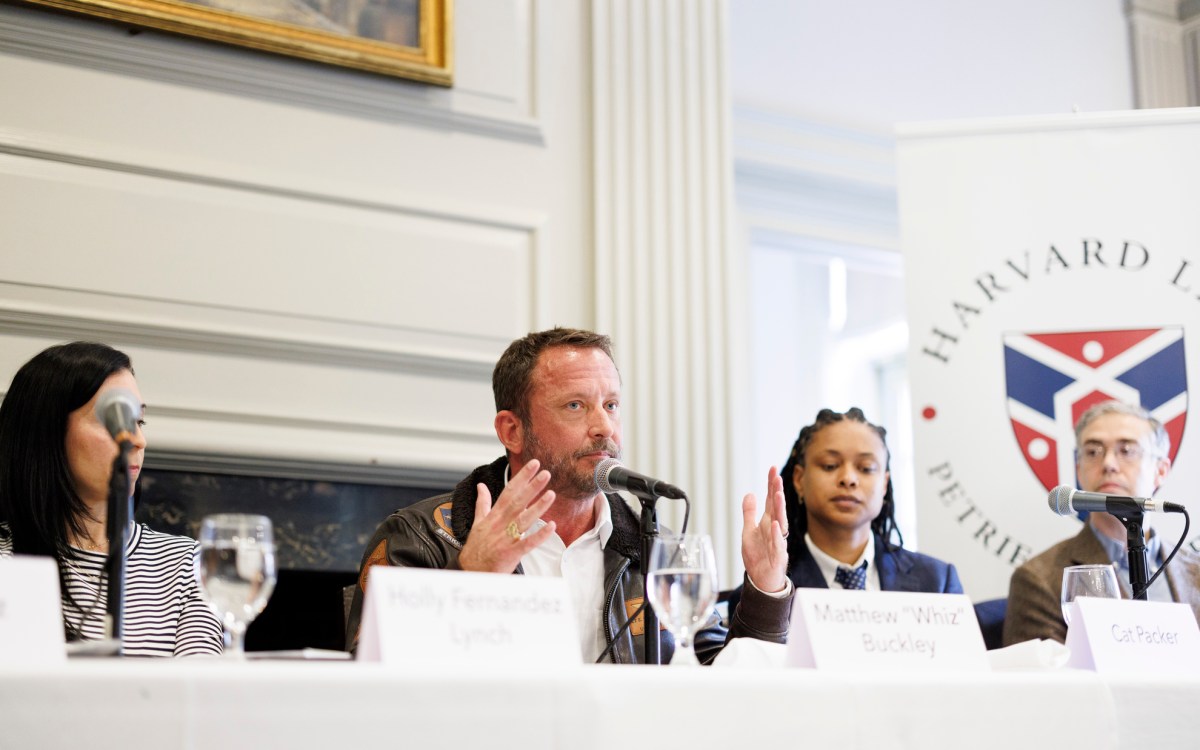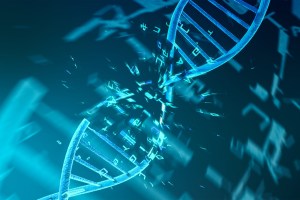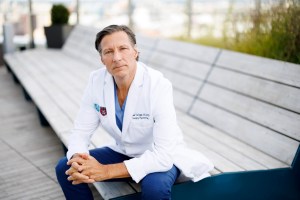Science & Tech
-

Cracking the code of why, when some choose to ‘self-handicap’
New research also offers hints for devising ways to stop students from creating obstacles to success

-
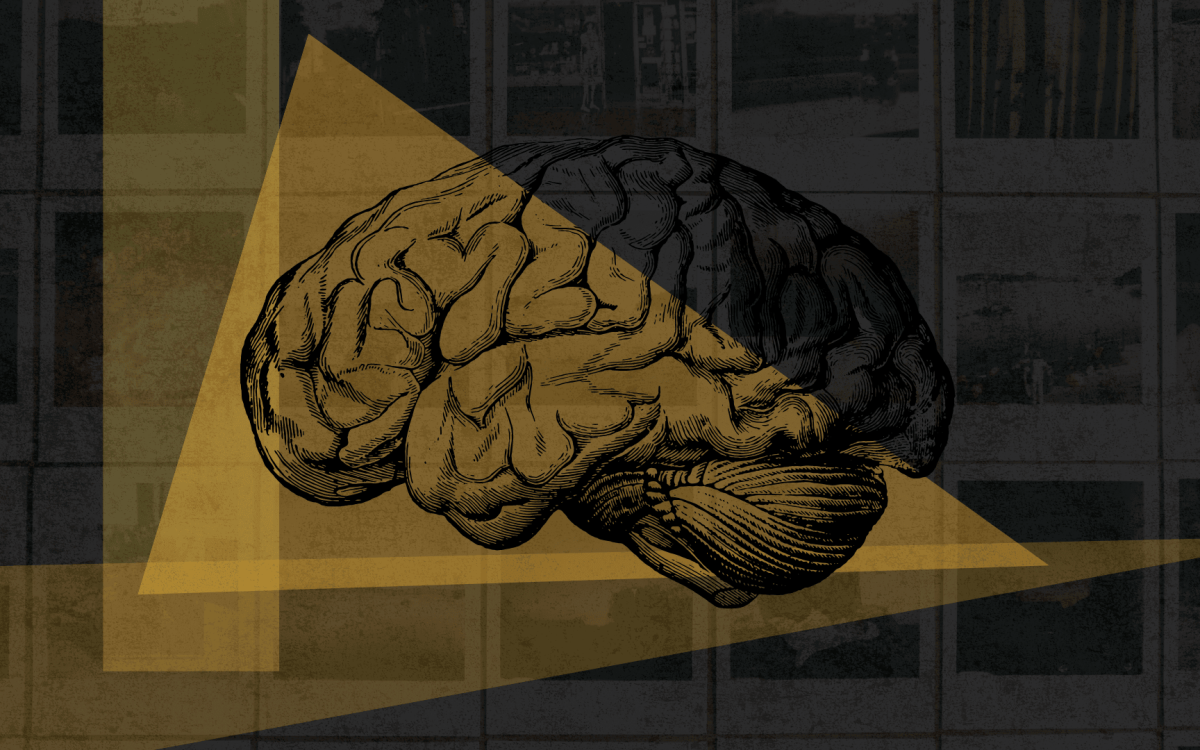
How memory works (and doesn’t)
In podcast, scientists explain why remembering is more reconstruction than replay
-
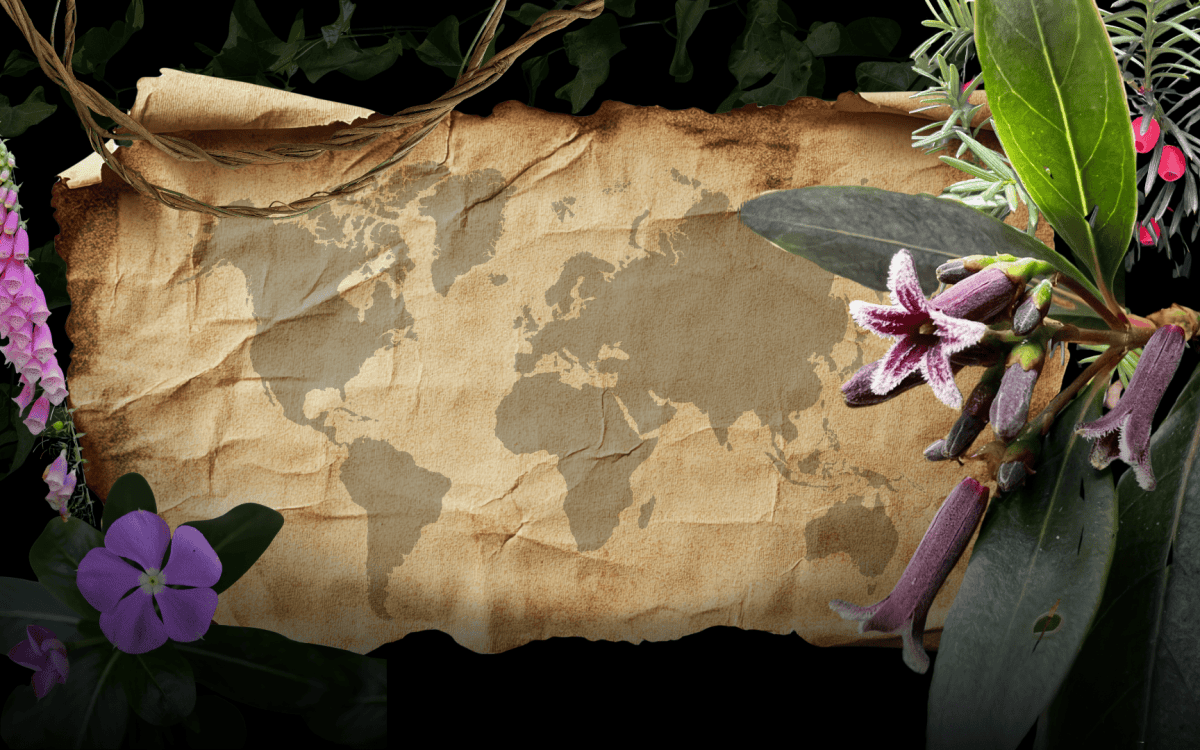
Mapping our deep-rooted relationship with medicinal plants
Regions with longer histories of human settlement tend to have greater variety, study finds
-
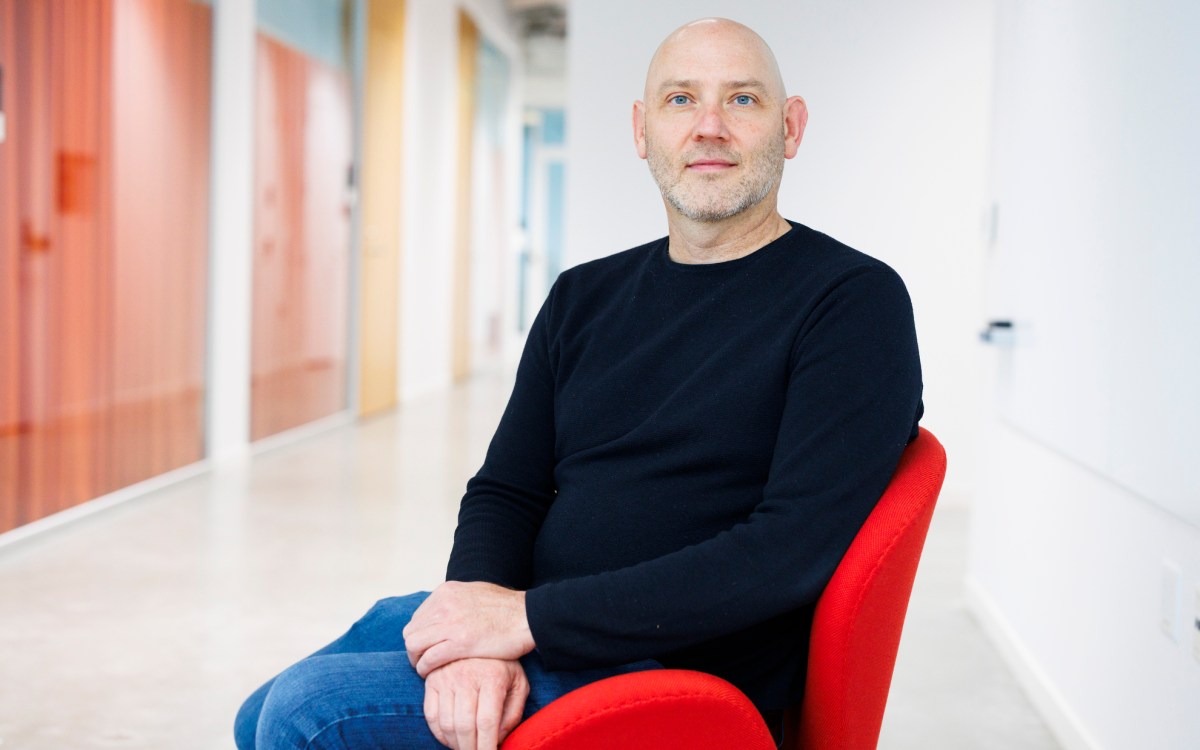
Technically, it’s possible. Ethically, it’s complicated.
Surge in AI use heightens demand for Harvard program that examines social consequences of computer science work
-
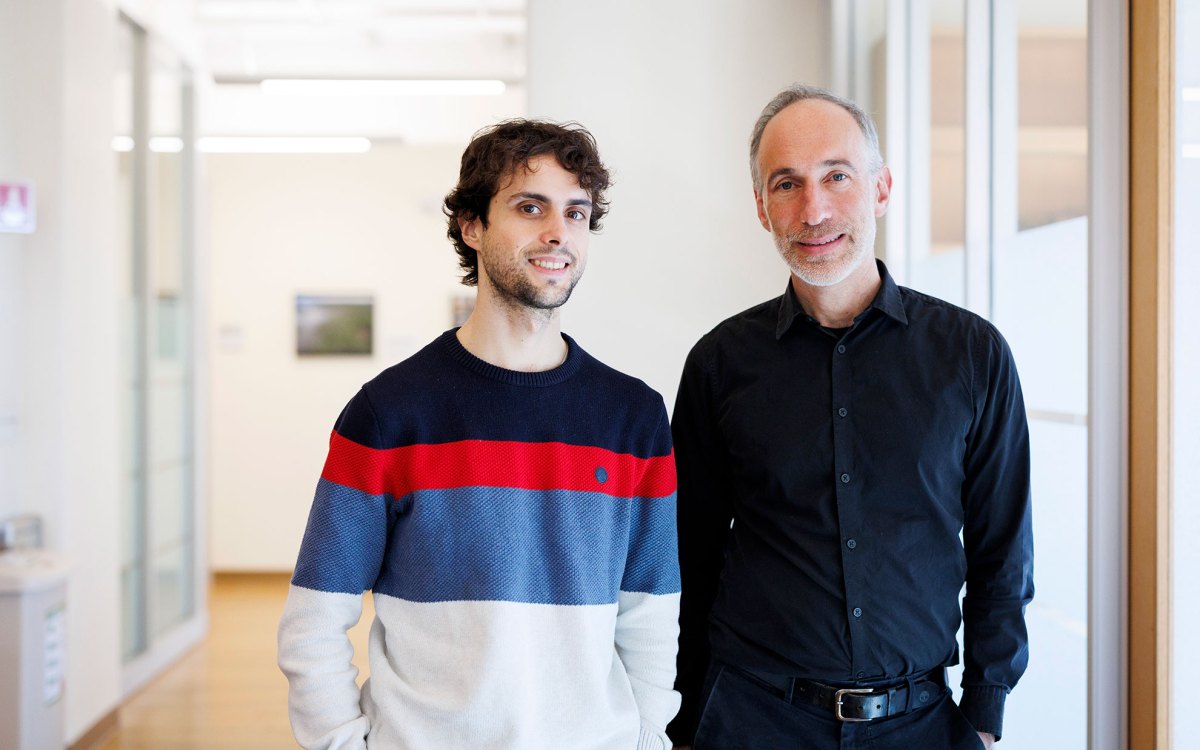
Solving mystery at tip of South America
Study finds previously unknown ancient lineage of indigenous people, which gave rise to surprisingly diverse mix of cultures

-
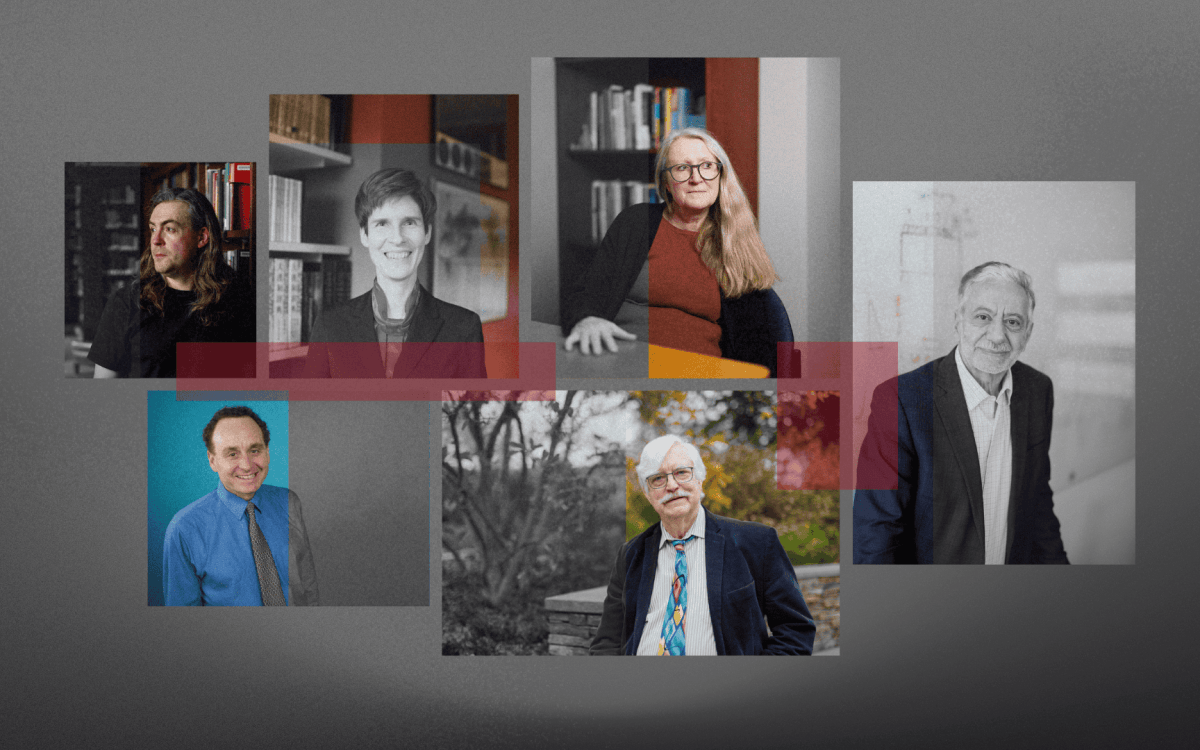
Is AI dulling our minds?
Experts weigh in on whether tech poses threat to critical thinking, pointing to cautionary tales in use of other cognitive labor tools
-
Where we get our sense of direction
Using virtual reality experiments, Harvard neuroscientists have decoded how fruit fly brains integrate visual cues for navigation. Study also sheds light on a form of short-term memory known as unsupervised learning.
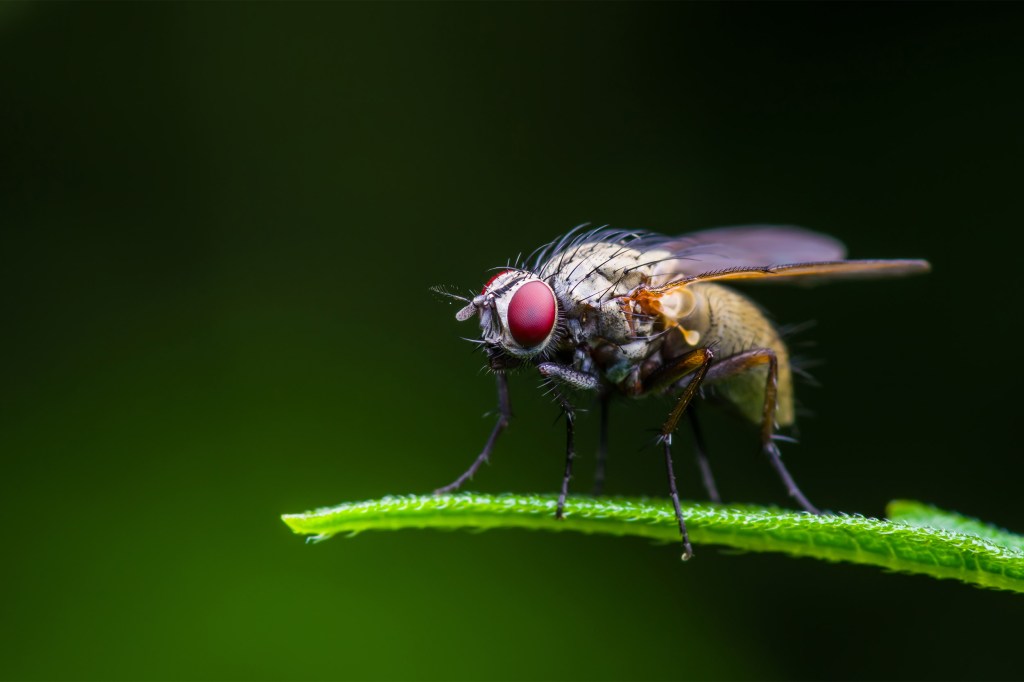
-
The archaeology of plaque (yes, plaque)
Christina Warinner says ancient dental plaque offers insights into diets, disease, dairying, and women’s roles of the period.

-
Learning from the land
Harvard University doctoral candidate Jordan Kennedy studies the engineering marvels that beavers create in her home state of Montana.
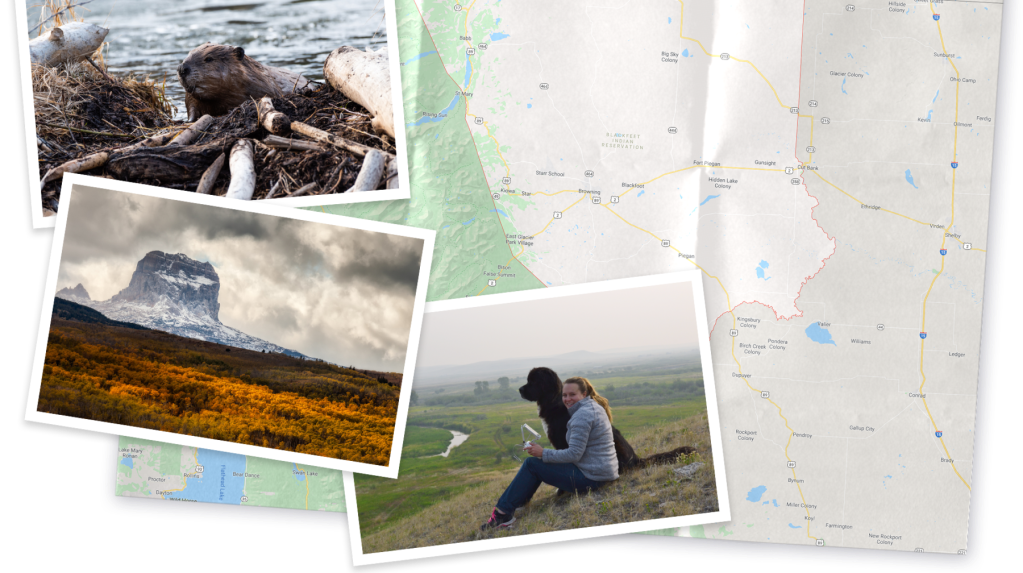
-
Predicting sudden cardiac death
Researchers have determined that genetic testing could identify those at risk for cardiac death prior to any symptoms.
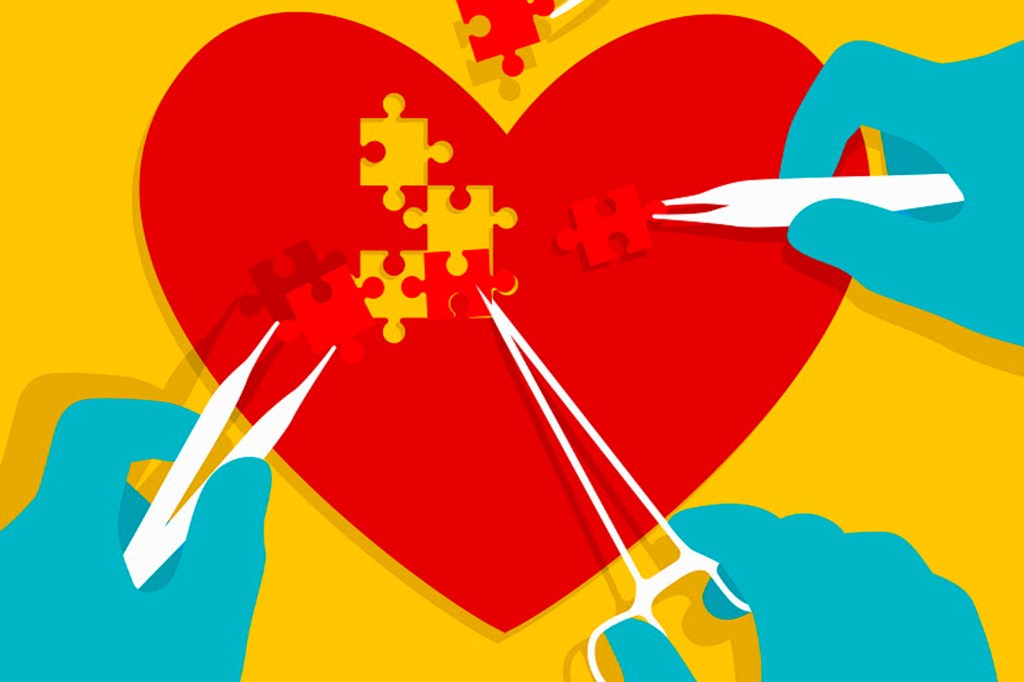
-
Building connections
Harvard University doctoral candidate Andy Cohen survived getting stuck in a blizzard, and is a better engineer because of it.
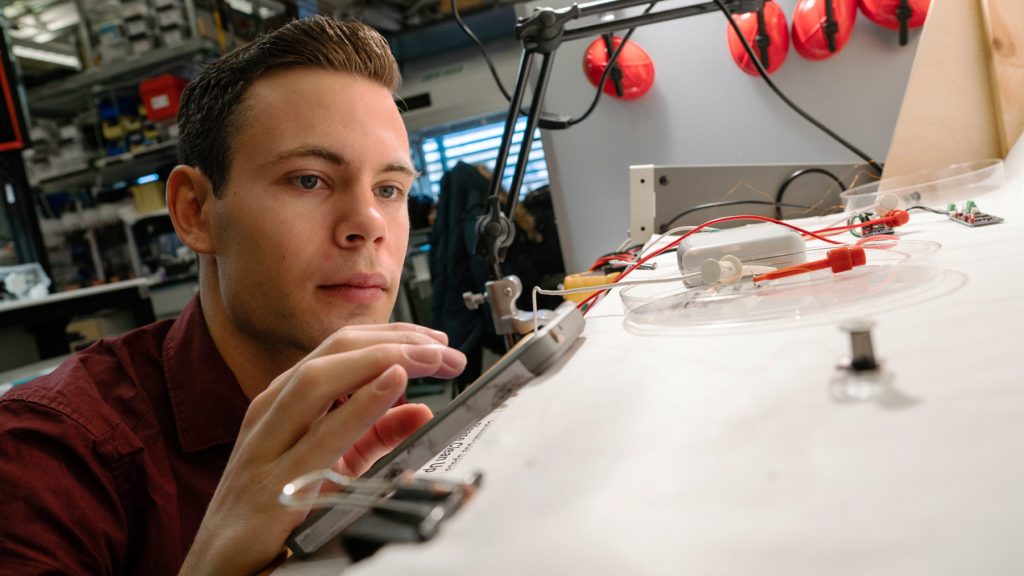
-
New laser paves way for better imaging, communications
Harvard researchers have developed a totally new type of laser that can reach terahertz frequencies offering short-range, high-bandwidth wireless communications, very-high-resolution radar, and spectroscopy.
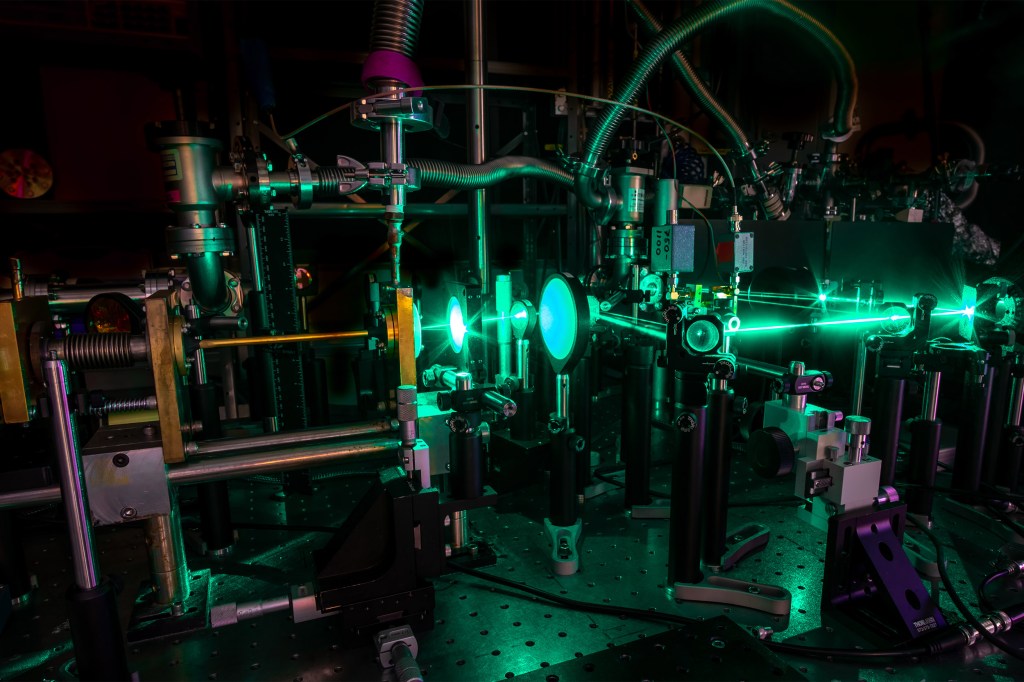
-
Physics, real and fictional
A Harvard study is exploring the way humans’ sense of “intuitive physics” of the real world leaves fingerprints on the fictional universes we create.
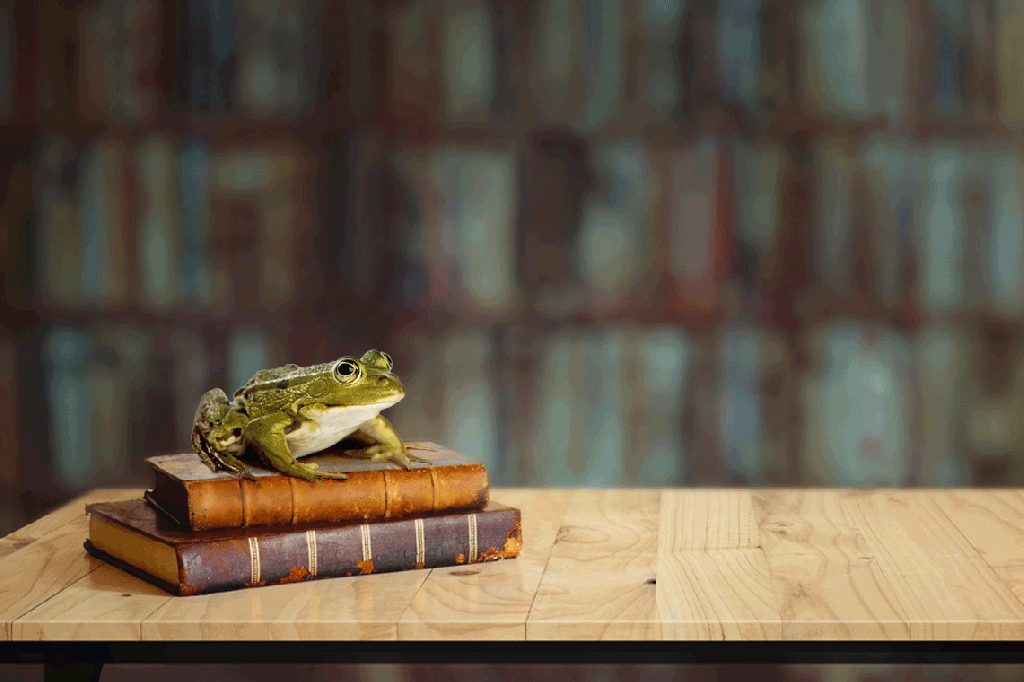
-
A second look at evolution
Researchers find clues to evolution in the intricate mammalian vertebral column.
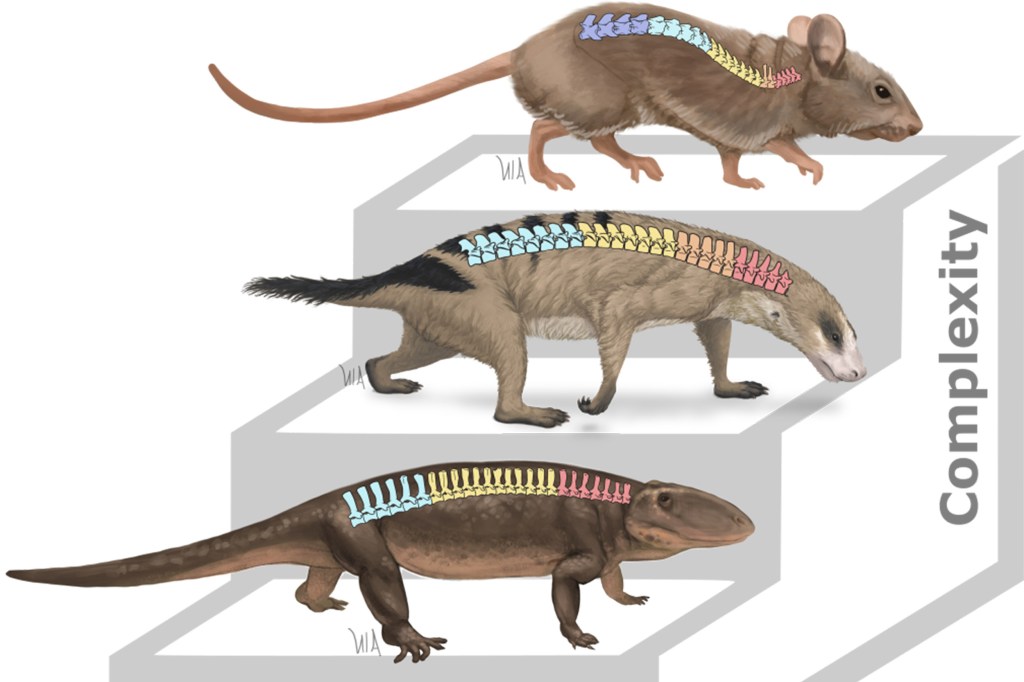
-
Faster testing for illicit drugs
The landscape of the illegal drug trade changes constantly, particularly amid the current opioid crisis. Law-enforcement officers regularly find or confiscate pills, powders, and other substances and need to know…
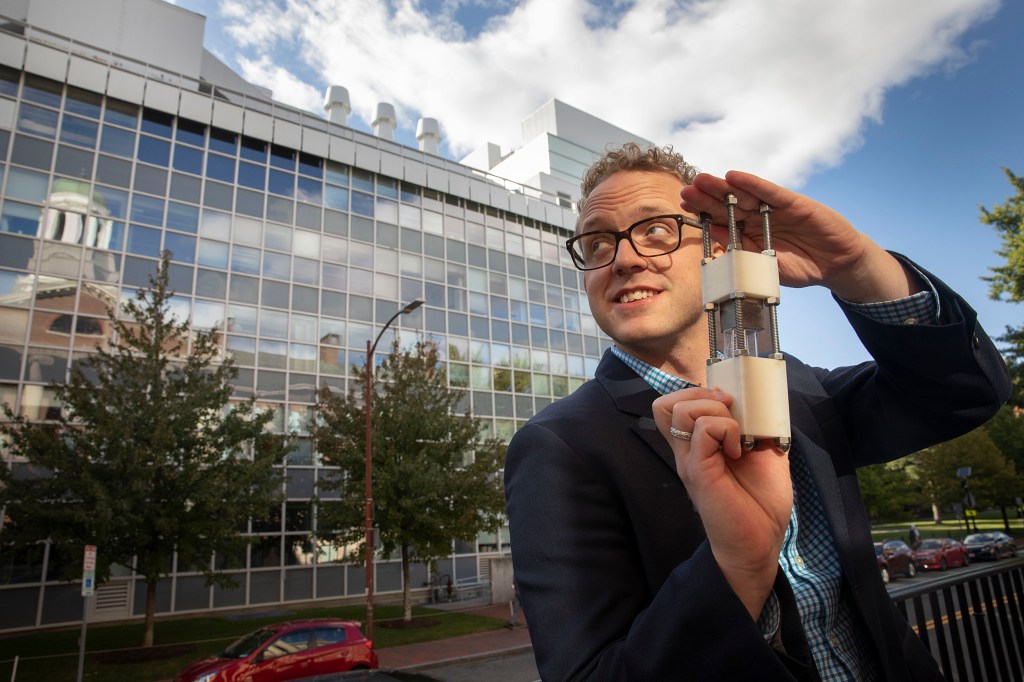
-
A better candidate for chemo delivery
A new technique called ELeCt (erythrocyte-leveraged chemotherapy) can transport drug-loaded nanoparticles into cancerous lung tissue by mounting them on the body’s own red blood cells.
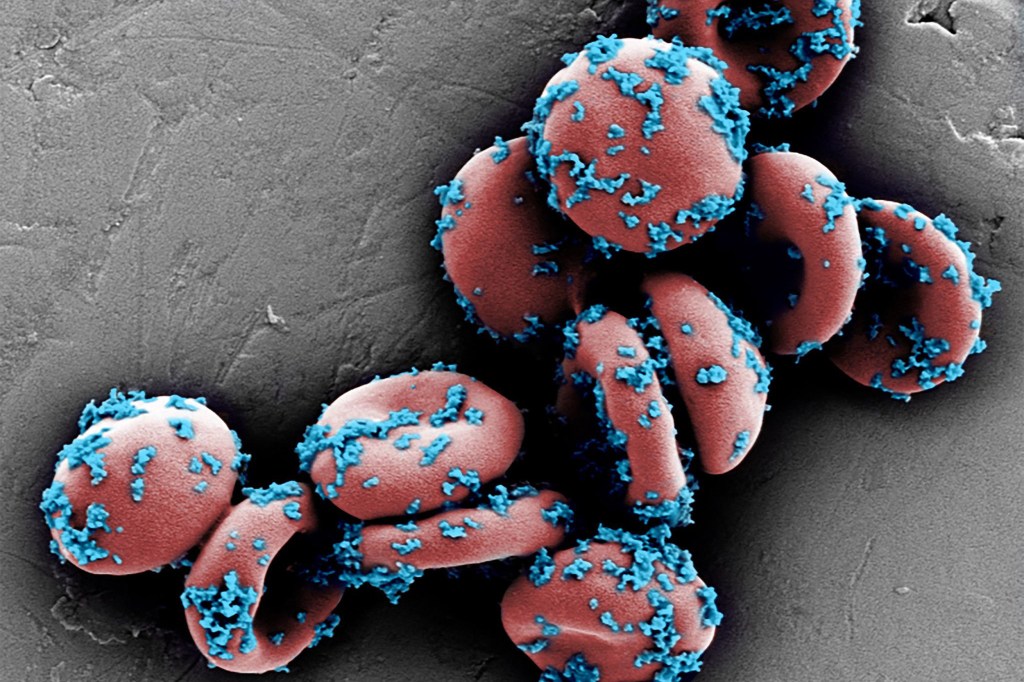
-
Survival of the fittest takes a hit
By re-barcoding the DNA of yeast, researchers were able to follow evolution for approximately 1,000 generations, finding surprises along the way.
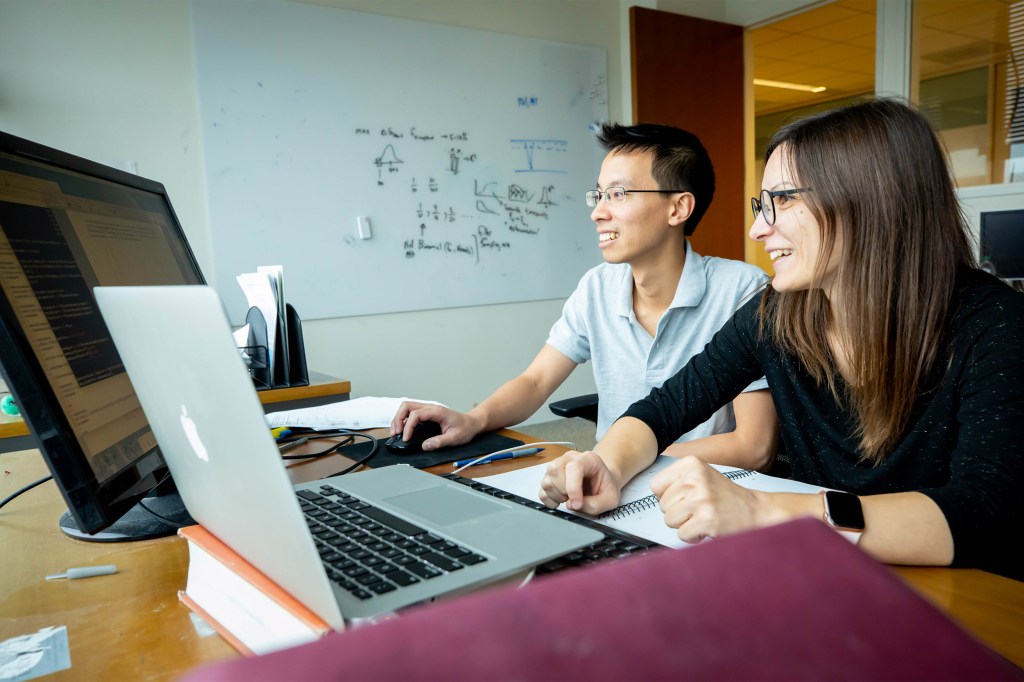
-
If it ain’t broke, don’t fix it
Research suggests that errors resulting from variability in motor function are a feature, not a bug, of our nervous system and play a critical role in learning.
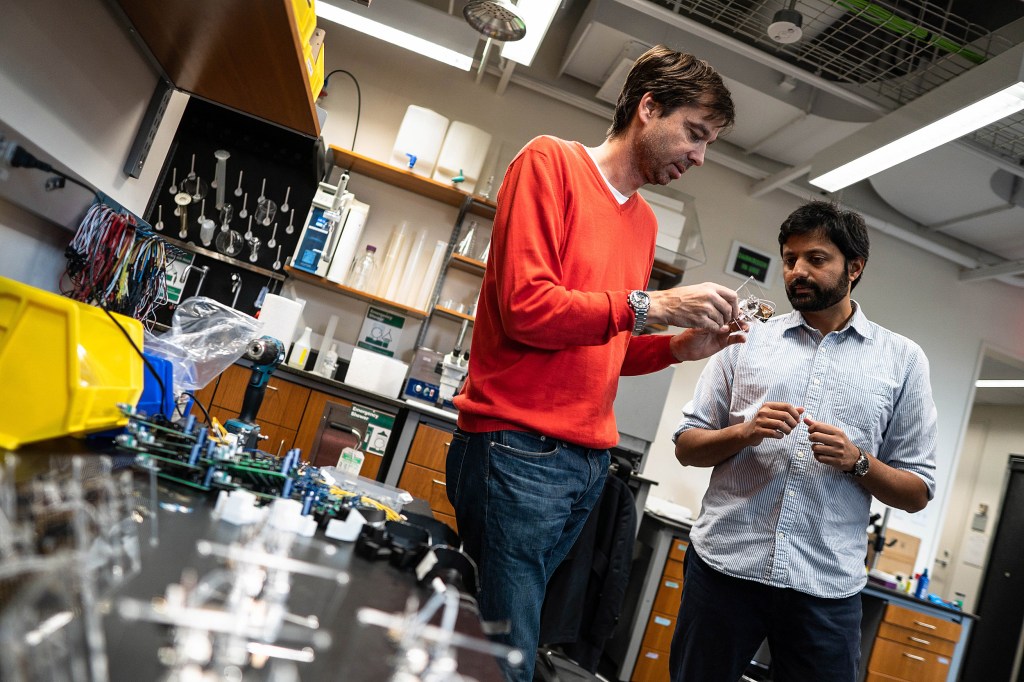
-
Combination gene therapy treats age-related diseases
Wyss Institute, Harvard Medical School study offers hope for single genetic treatment for multiple age-related ills.
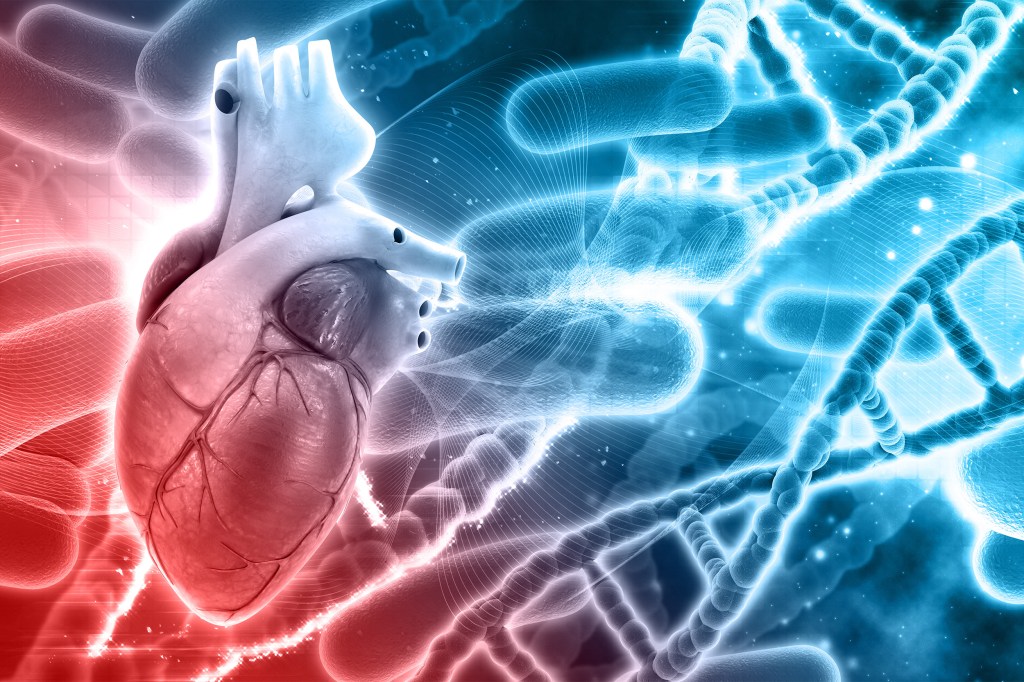
-
First in flight: RoboBee powered by soft muscles
Researchers have developed a resilient RoboBee powered by soft artificial muscles that can crash into walls, fall onto the floor, and collide with other RoboBees without being damaged.
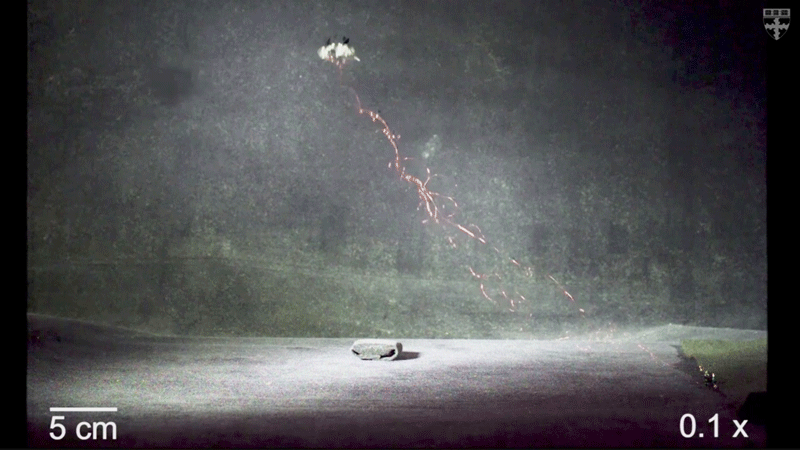
-
Toll of climate change on workers
Economist Patrick Behrer is tracking the health effects of working in an extremely hot environment and the ripple effects on the economy.
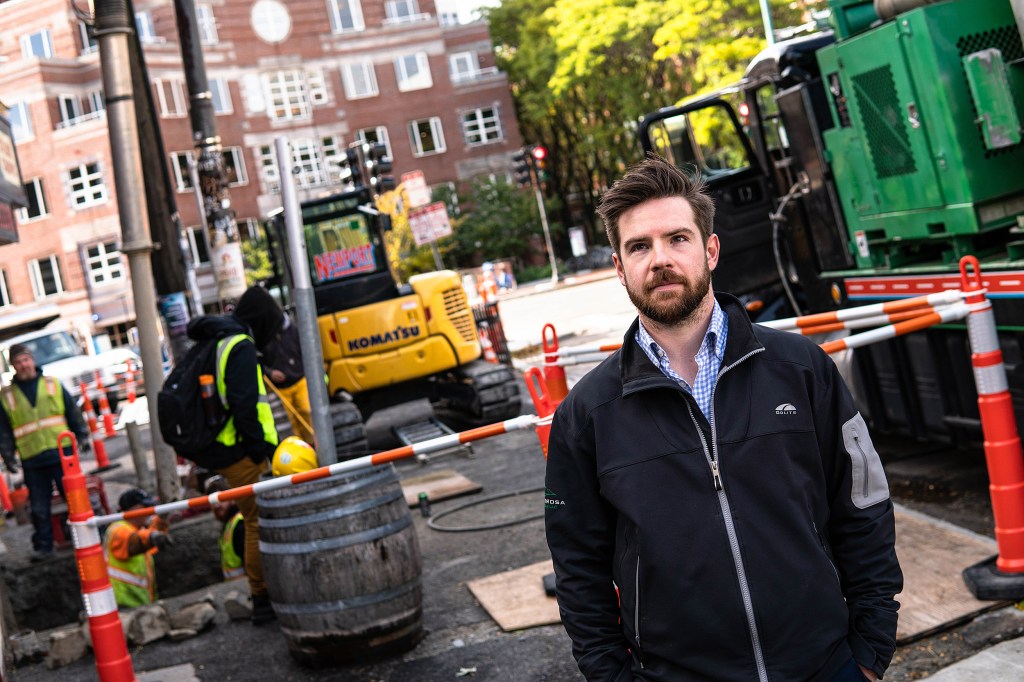
-
A clue to biodiversity?
An analysis of 20 butterfly genomes found evidence that many butterfly species — including distantly related species — show a surprisingly high amount of gene flow between them, Harvard researchers found.
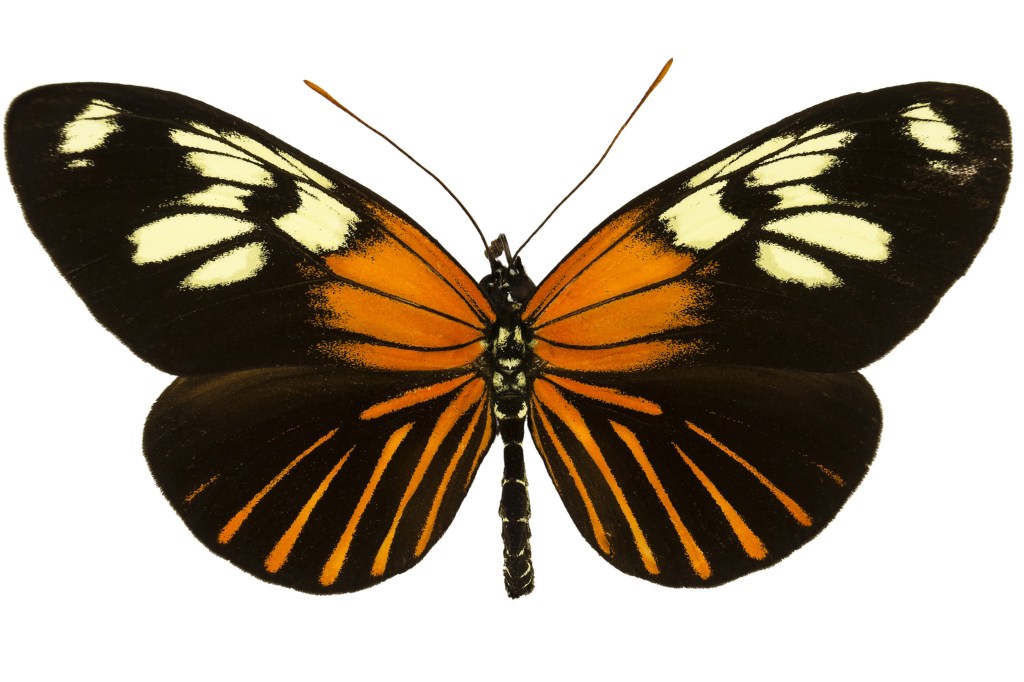
-
Riding the quantum computing ‘wave’
Google engineers claimed to have created a quantum computer that exhibited “quantum supremacy.” The Gazette spoke with Harvard Quantum Initiative Co-Director Mikhail Lukin about the achievement, about similar work at Harvard.
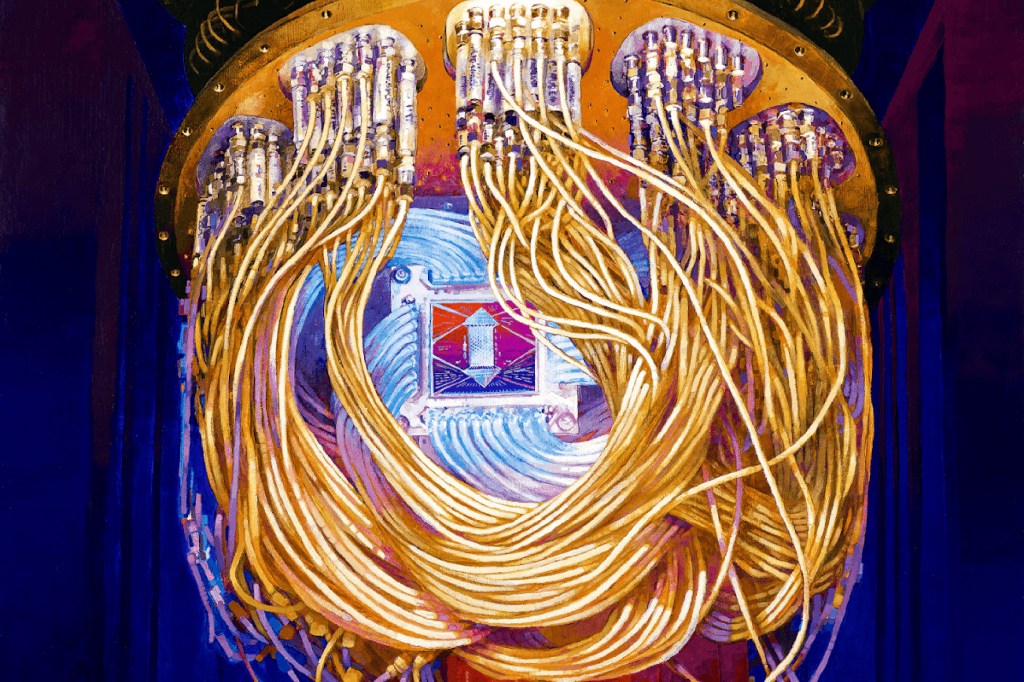
-
Power and pitfalls of gene editing
CRISPR gene-editing technology has conquered the lab and is poised to lead to new treatments for human disease. Experts consider the promise and peril at Radcliffe.
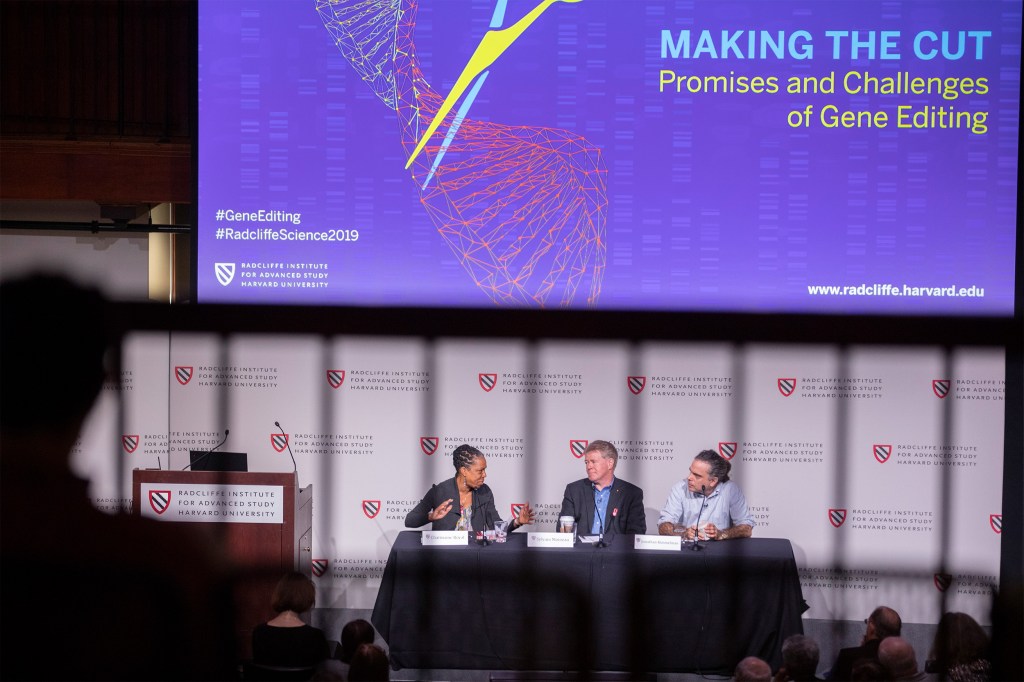
-
Inspired by jumping spiders
Inspired by the depth perception of spiders fixing to pounce on prey from a distance, Harvard researchers design a sensor that could be used in microrobotics, augmented reality, wearable devices.
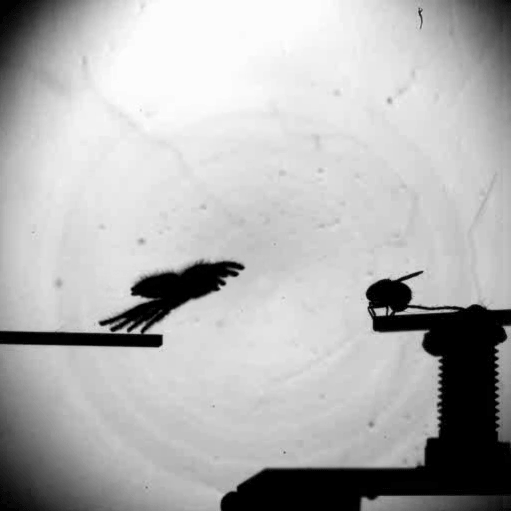
-
A rose by any other name — could be confusing
Kanchi Gandhi is one of a small group of global experts who referees the rules of naming new plant species.

-
Both marathoner and sprinter
Scientists from Harvard and the University of Virginia have developed the first robotic tuna that can accurately mimic both the highly efficient swimming style of tuna, and their high speed.
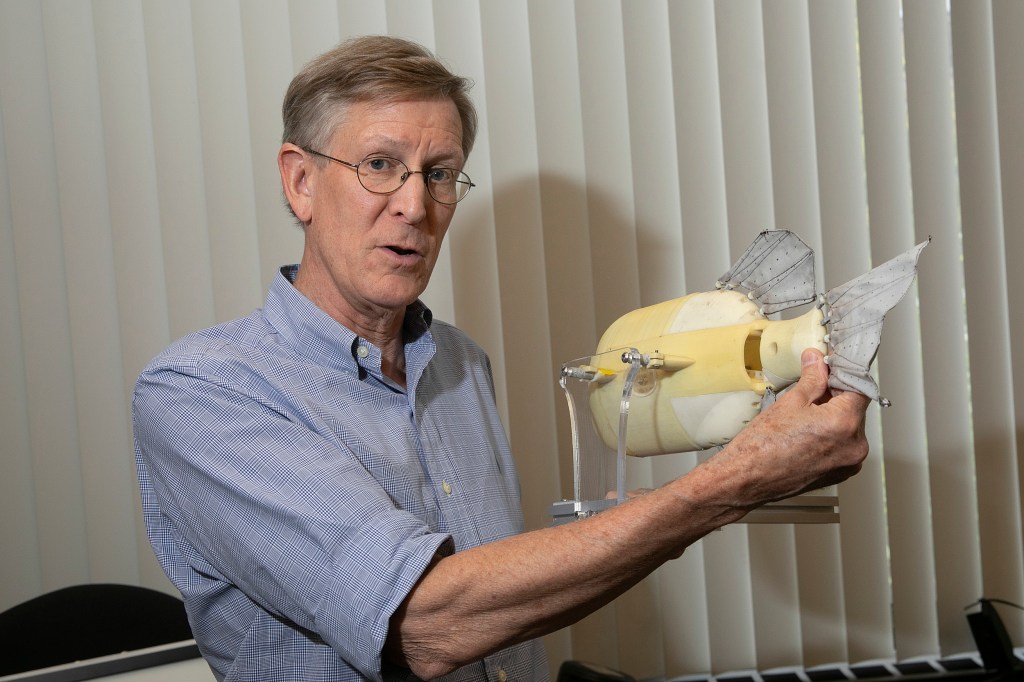
-
My three suns
Harvard astronomers are studying a newly discovered rocky planet with three suns called LTT1445Ab in the hopes it will provide valuable insights into Earth.
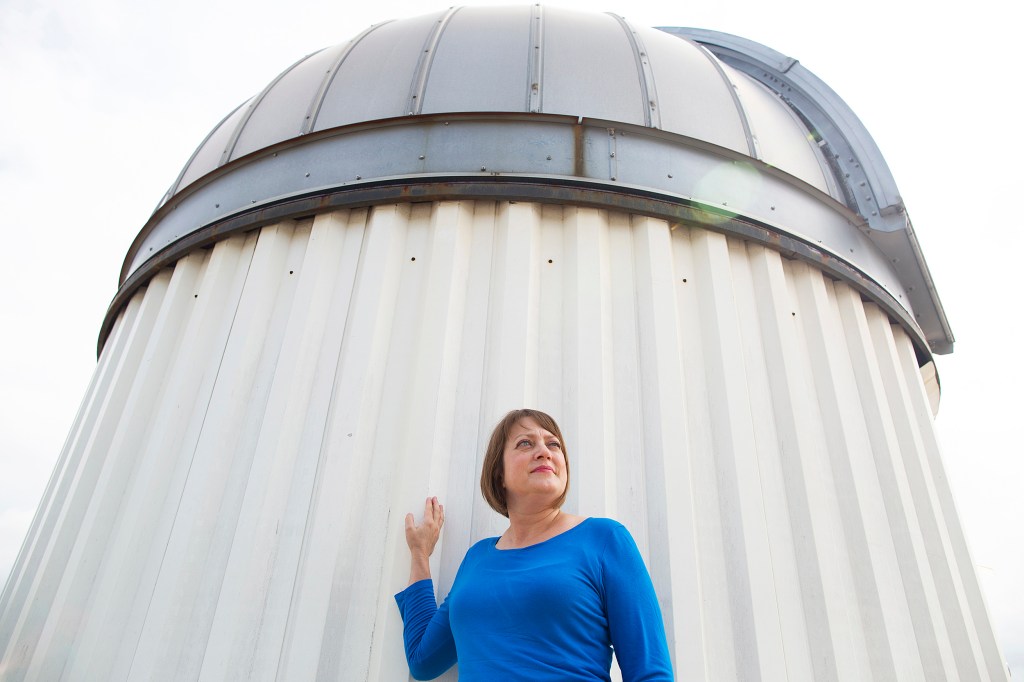
-
Learning apps for parents that help kids
Harvard Graduate School of Education researchers Joe Blatt and Meredith Rowe conducted a study that developed learning apps to create foundations for literacy in young children.
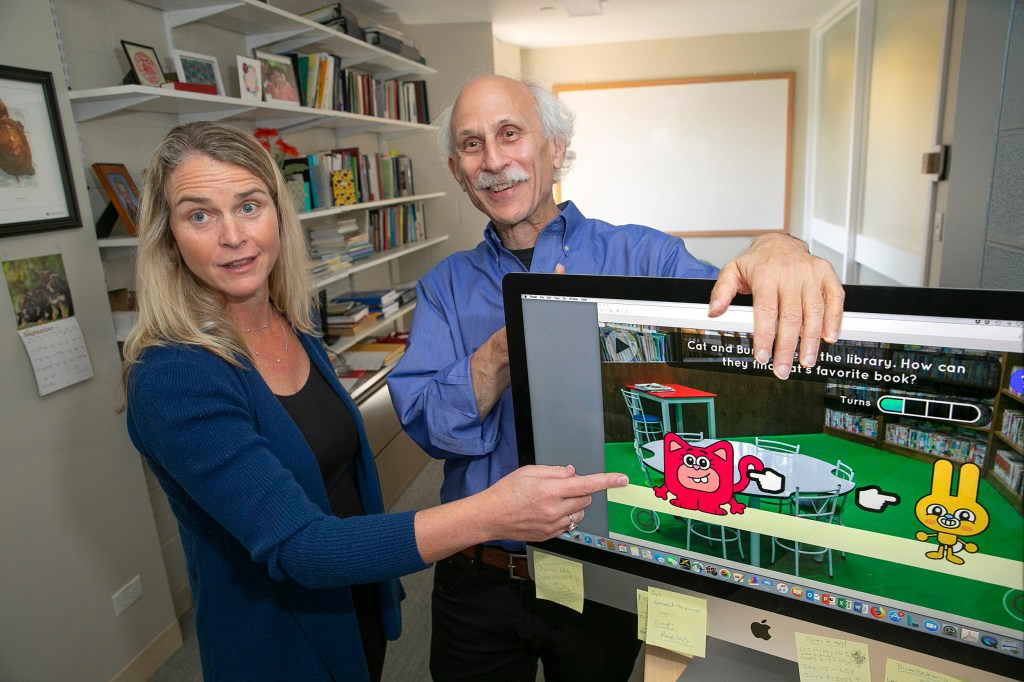
-
Defending science in a post-fact era
Harvard Professor Naomi Oreskes, author of “Why Trust Science?,” discusses the five pillars necessary for science to be considered trustworthy, the evidentiary value of self-reporting, and her Red State Pledge.
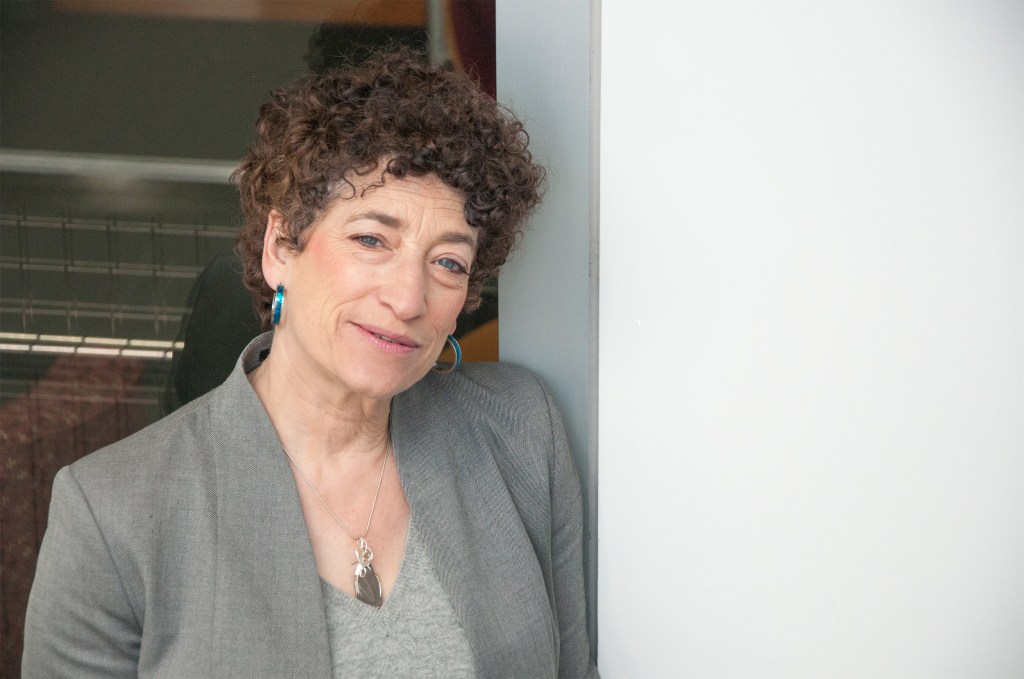
-
Genome editing with precision
Researchers have created a system called prime editing, a new CRISPR genome-editing approach that has the potential to correct up to 89 percent of known disease-causing genetic variations.
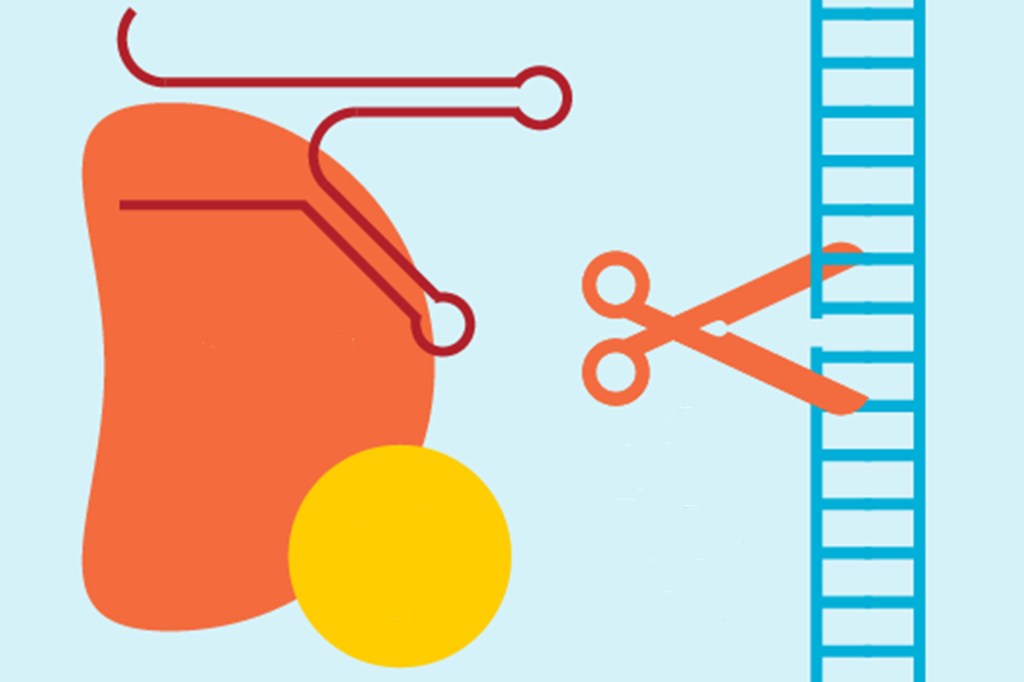
-
Real texture for lab-grown meat
Researchers are able to build muscle fibers, giving lab-grown meat the texture meat lovers seek.
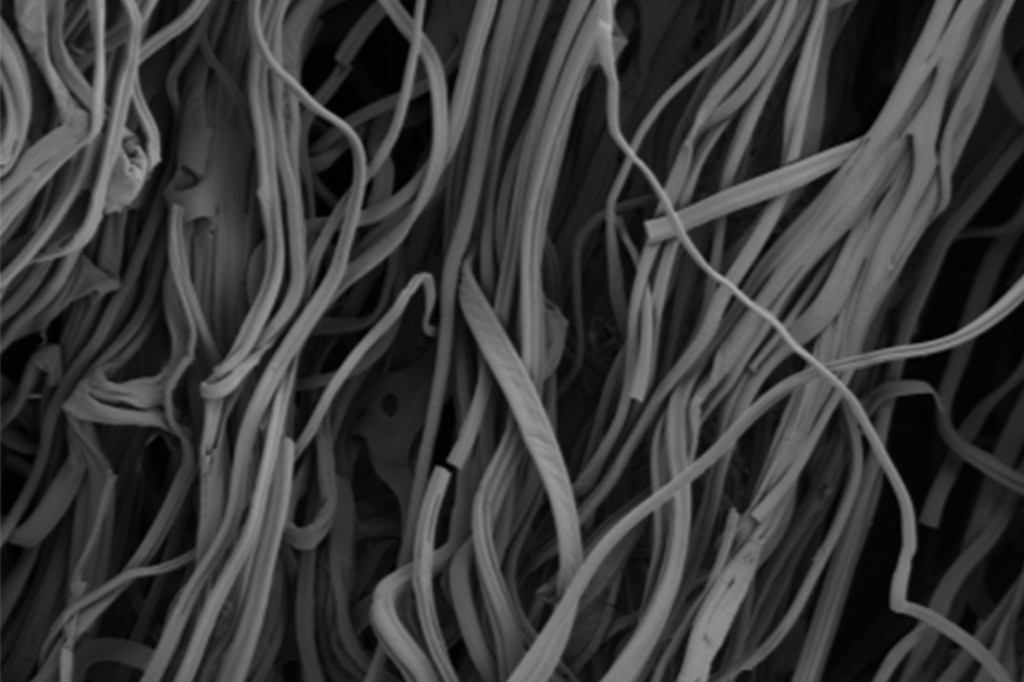
-
Scientists pinpoint neural activity’s role in human longevity
The brain’s neural activity, long implicated in disorders ranging from dementia to epilepsy, also plays a role in human aging and life span, according to research led by scientists in the Blavatnik Institute.
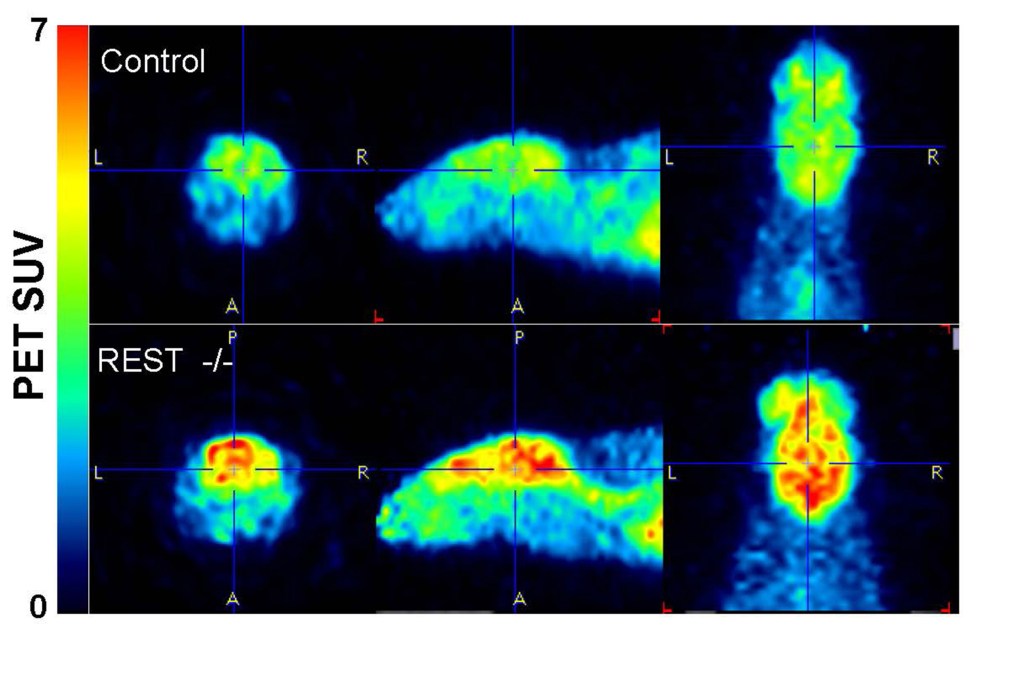
-
A reliable clock for your microbiome
The microbiome is a treasure trove of information about human health and disease, but getting it to reveal its secrets is challenging, especially when attempting to study it in living subjects. A new genetic “repressilator” lets scientists noninvasively study its dynamics, acting like a clock that tracks how bacterial growth changes over time with single-cell precision.
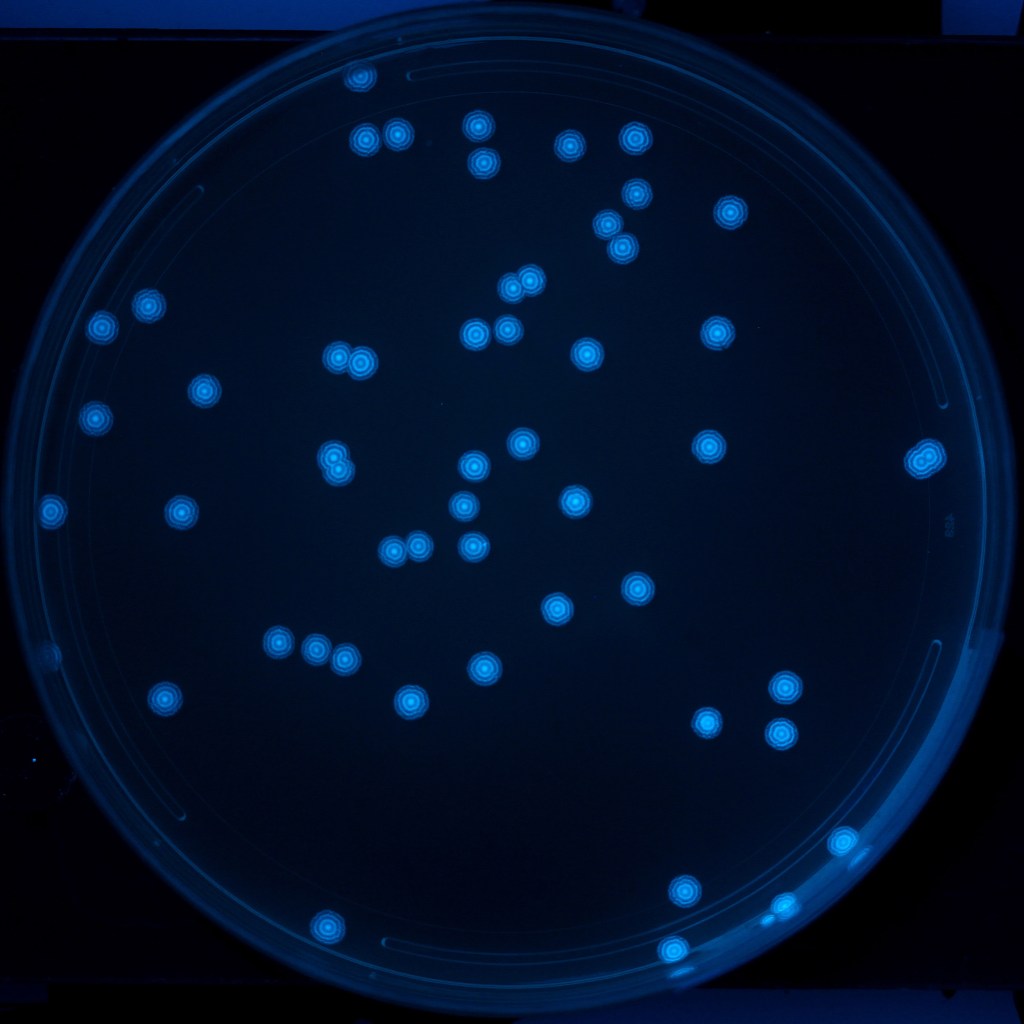
-
CRISPR enzyme programmed to kill viruses in human cells
Researchers have turned a CRISPR enzyme into an antiviral that can be programmed to detect and destroy RNA-based viruses in human cells.
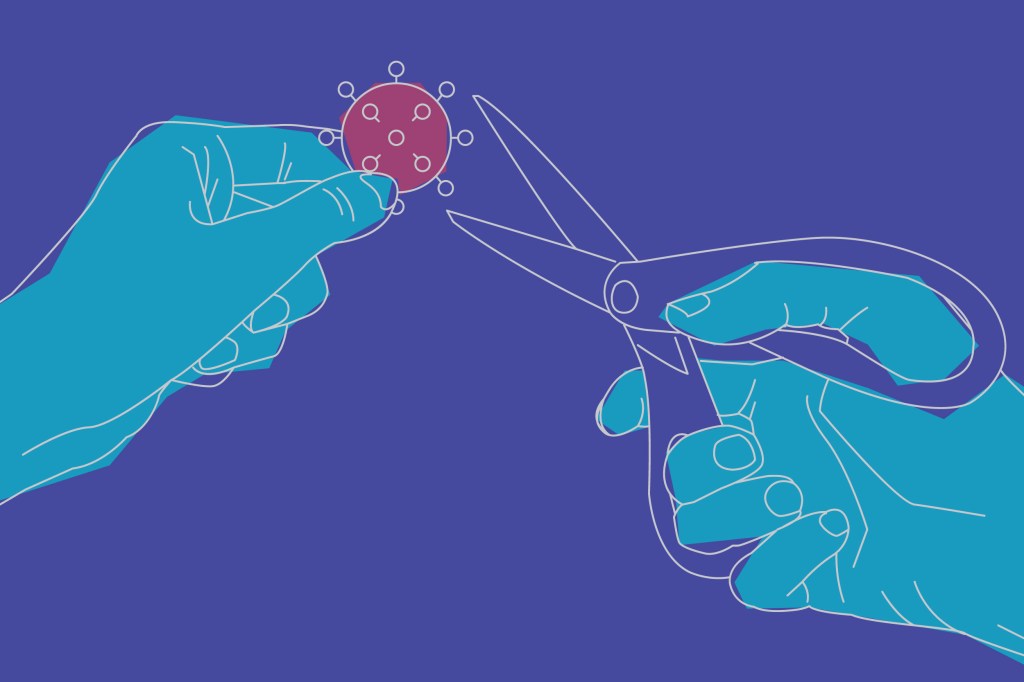
-
Unhidden figures
LaNell Williams wants to encourage more women of color to pursue doctorate degrees in fields such as physics. To help make that happen, she founded the Women+ of Color Project, which last week hosted a three-day workshop that invited 20 African American, Latinx, and Native American women interested in pursuing a career in a STEM field to Harvard.
